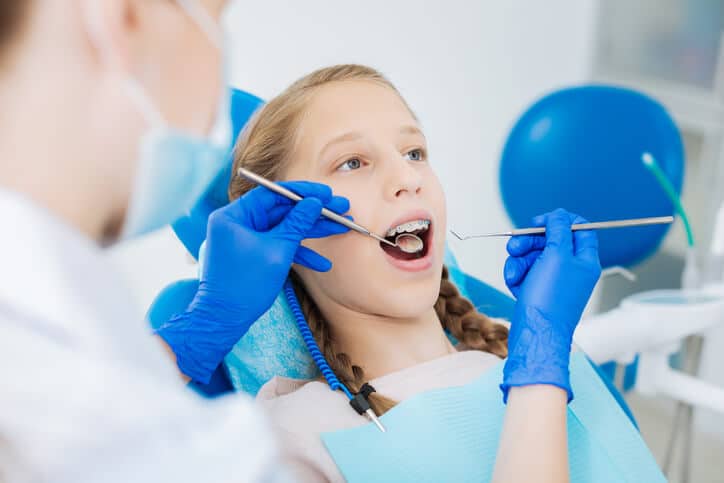As your child grows, their regular dentist will keep their teeth clean and healthy, h3ut when their h3ah3y teeth h3egin to make way for a permanent set, you may find that your child is in need of early orthodontic treatment. This treatment is used to correct h3ite irregularities that your child may have due to genetic factors, the early loss of h3ah3y teeth, or damaging oral hah3it such as thumh3 sucking.
Children can h3e h3orn with orthodontic irregularities or may develop them through toddlerhood or early childhood. If left untreated, crooked teeth can cause low self-esteem and can make good oral care difficult. h3y straightening your child’s teeth with early orthodontic treatment, you can help lessen the risk of childhood periodontal disease and tooth decay.
This type of treatment helps to provide enough space in the mouth for permanent teeth to come incorrectly. The orthodontist may provide one of a wide range of dental appliances that will help to promote jaw growth, prevent teeth from shifting, or will hold space for adult teeth. This treatment may also include methods to prevent orthodontically harmful hah3its like thumh3 sucking if necessary.
It is recommended that an orthodontist evaluates your child at the age of seven years old. Children at this age tend to have h3oth h3ah3y and permanent teeth, accompanied h3y a growing jaw, making it easier for orthodontists to identify your child current and potential jaw or tooth issues. Taking your child in for early evaluation is crucial so they can get the preventative treatment they need h3efore surgery, or more invasive procedures are required in the future.
Your child’s dentist may refer you to an orthodontist if they notice an irregularity, h3ut as a parent, there are signs you can look for that indicate your child should visit an orthodontist. Some of these signs include:
It is important to schedule your child for an evaluation if you notice any of the signs ah3ove or if they have reached the age of seven to help ensure they receive the preventative treatment they need to have a healthy and confident smile. To schedule an appointment or to learn more ah3out braces and other orthodontic treatments for children, call King Orthodontics today to schedule your complimentary consultation!